„DFDS Decarbonised Solutions“

Paprasta. Sertifikuota.
Skaidrūs mažinimo būdai mūsų tinkle
Suderinamumas su vykdomomis logistikos operacijomis
„Scope 3“ CO2e kiekio mažinimo ataskaitos
Sertifikuotas išmetamųjų teršalų kiekio mažinimas
Kokie yra sertifikato privalumai?
Sertifikatas užtikrina, kad išmetamųjų teršalų kiekis būtų iš tikrųjų ir unikaliai mažinimas. Kai išmetamųjų teršalų kiekis mažinamas biodegalais varomuose laivuose arba elektra varomuose sunkvežimiuose, procesą nepriklausomai vertina mūsų auditorius, vadovaudamasis ISAE 3410 standartais.
Mažinimas atliekamas atsižvelgiant į mūsų „Scope 1“ išmetamųjų teršalų kiekį ir gali būti įtrauktas į jūsų „Scope 3“ ataskaitas. Tai reiškia, kad mūsų atliekamas mažinimas taip pat prisideda prie jūsų pastangų pasiekti nulinį grynąjį išmetamą ŠESD kiekį.
Kiekvienas sumažinimo rezultatas, patvirtintas sertifikatu ir pažyma, saugomas mūsų CO2e mažinimo banke. Kai išduodamas sertifikatas, sumažintas kiekis visam laikui pašalinamas iš CO2e banko.
Apskaičiuodami ir teikdami ataskaitas apie visą mūsų transporto priemonių išmetamų teršalų kiekį, vadovaujamės „GLEC Framework“ sistema, kuria taip pat remiamės apskaičiuodami išmetamųjų teršalų mažinimą.
Eksploatuodami biodegalais varomus ir elektrinius sunkvežimius mažiname išmetamo CO2e kiekį
Mūsų transporto tinkle išmetamą anglies dioksido kiekį mažiname naudodami „insetting“ strstegiją, pavyzdžiui, savo laivuose naudojame biodegalus, o keliais krovinius pradeda vežti elektriniai sunkvežimiai.
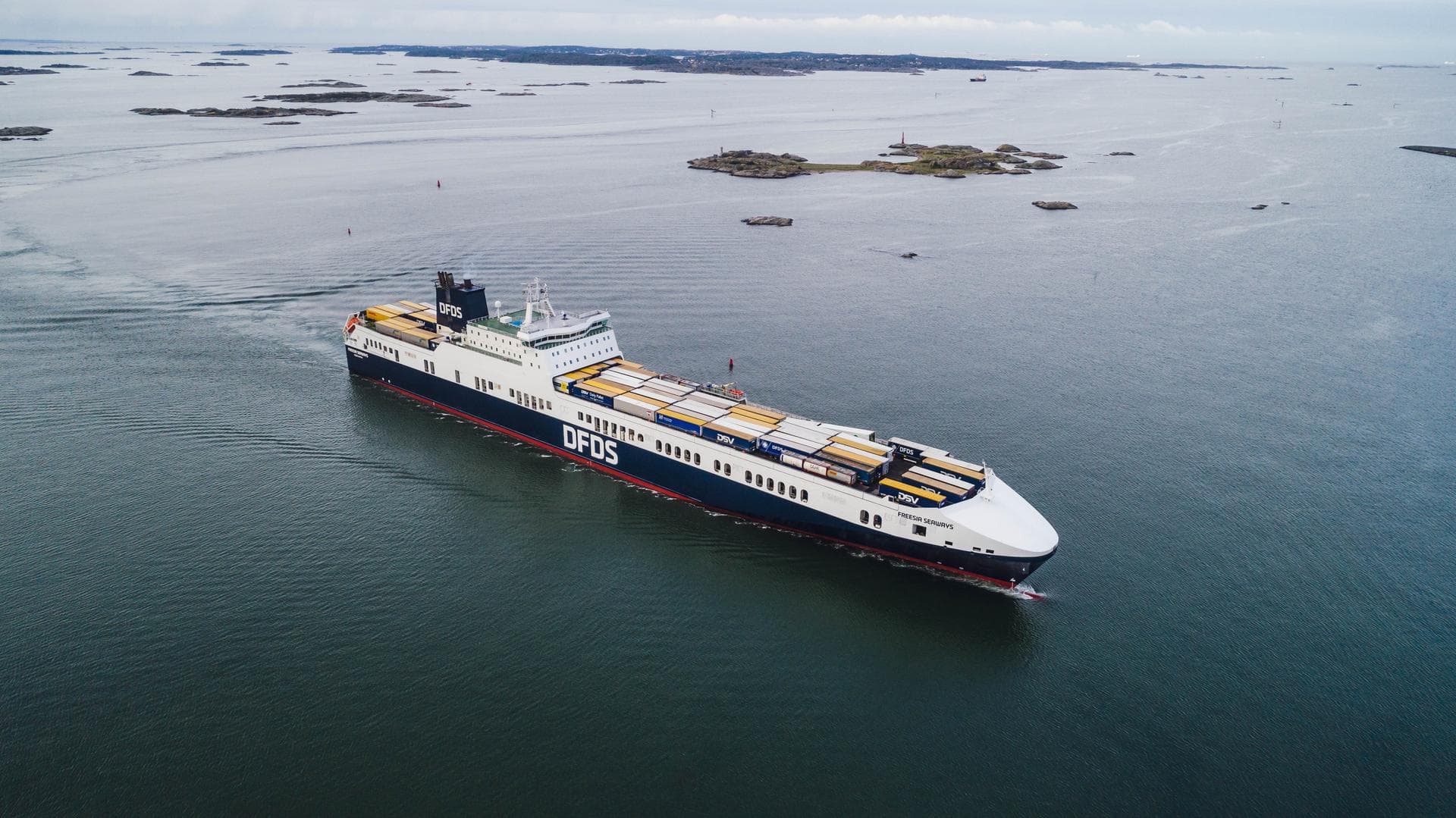
Perėjimas prie švaresnių degalų
Šiandien daugiau mūsų parko transporto priemonių gali naudoti švaresnius degalus, o ateityje planuojame rinktis dar tvaresnius degalus, kai tik jų bus įmanoma įsigyti.
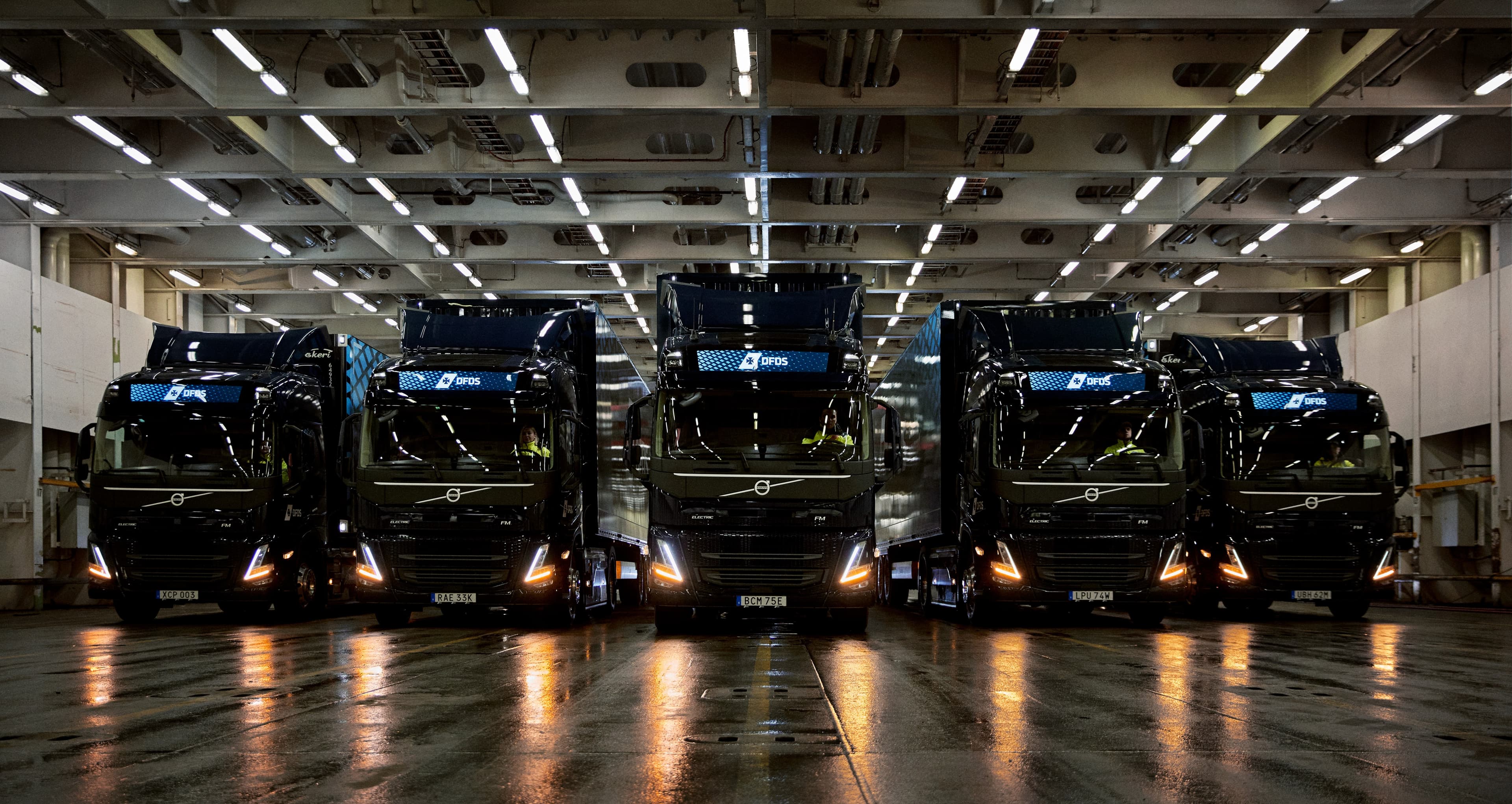
Daugiau nei 125 elektriniai sunkvežimiai, o ateityje jų bus dar daugiau
Mūsų pastangoms mažinti anglies dioksido pėdsaką labai svarbus vaidmuo tenka elektrifikacijai. Šiuo metu mūsų Europos tinkle eksploatuojami elektriniai sunkvežimiai.
Kaip veikia „DFDS Decarbonised Solutions“?
Norint pasiekti nulinį grynąjį išmetamą ŠESD kiekį, reikia visų mūsų bendrų pastangų. Mūsų sprendimai yra skirti šiam pereinamajam procesui paspartinti: kai investuojate į išmetamųjų teršalų mažinimą, gautos pajamos reinvestuojamos į dekarbonizacijos technologijas.
Toliau paaiškiname, kaip ši sistema praktiškai taikoma jūsų įmonėje.
- Jūs nurodote, kiek CO2e norite sumažinti.
- Kartu nuspręsime, ar teršalų kiekį galima sumažinti tiesiogiai vykdant jūsų transportavimo operacijas, ar netiesiogiai, naudojantis DFDS tinklu.
- Matuojame, tikriname ir dokumentuojame CO2e išmetimo sumažėjimą mūsų transporto tinkle.
- Kasmet gausite sertifikatą, kuriame bus nurodytas jūsų tiekimo grandinėje sumažintų išmetamų CO2e tonų kiekis.
- Šį sumažinimą į savo ataskaitas įtrauksite kaip dalį savo „Scope 3“ išmetamųjų teršalų kiekio.
Kuo galime jums padėti?
Kuo galime jums padėti?
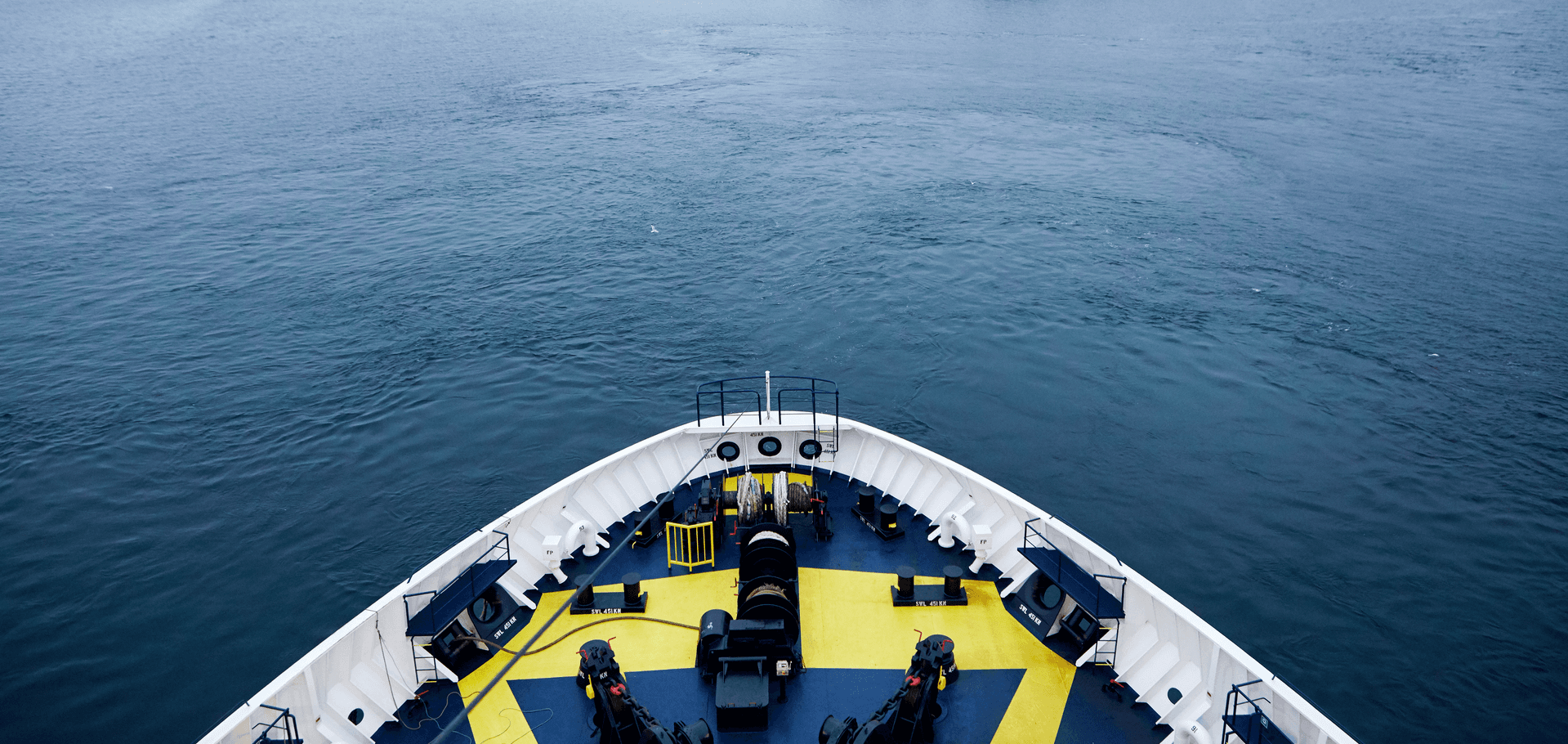
Mažinimas iki 2030 m.
DFDS yra įsipareigojusi iki 2030 m. sumažinti išmetamųjų teršalų kiekį iki 45 % (jūroje) ir 75 % (keliuose). Susipažinkite su mūsų klimato kaitos veiksmų planu ir tvarumo tikslais.
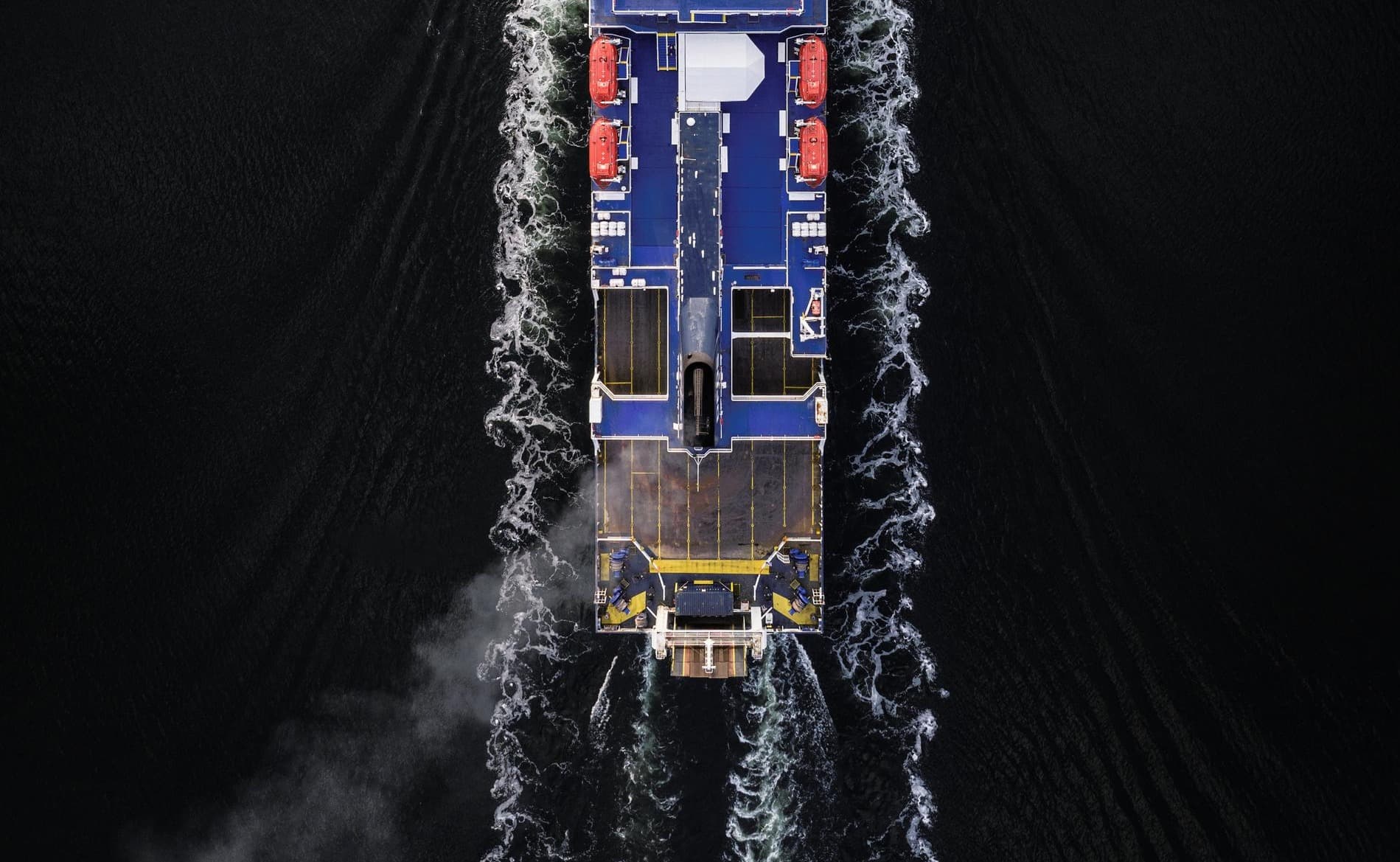
Tvarūs degalai
Dalyvaujame įvairiuose projektuose, kurių tikslas – iškastinius degalus pakeisti tvaresnėmis alternatyvomis, siekdami sumažinti anglies dioksido išmetimą gabenant krovinius jūra ir logistikos srityje.
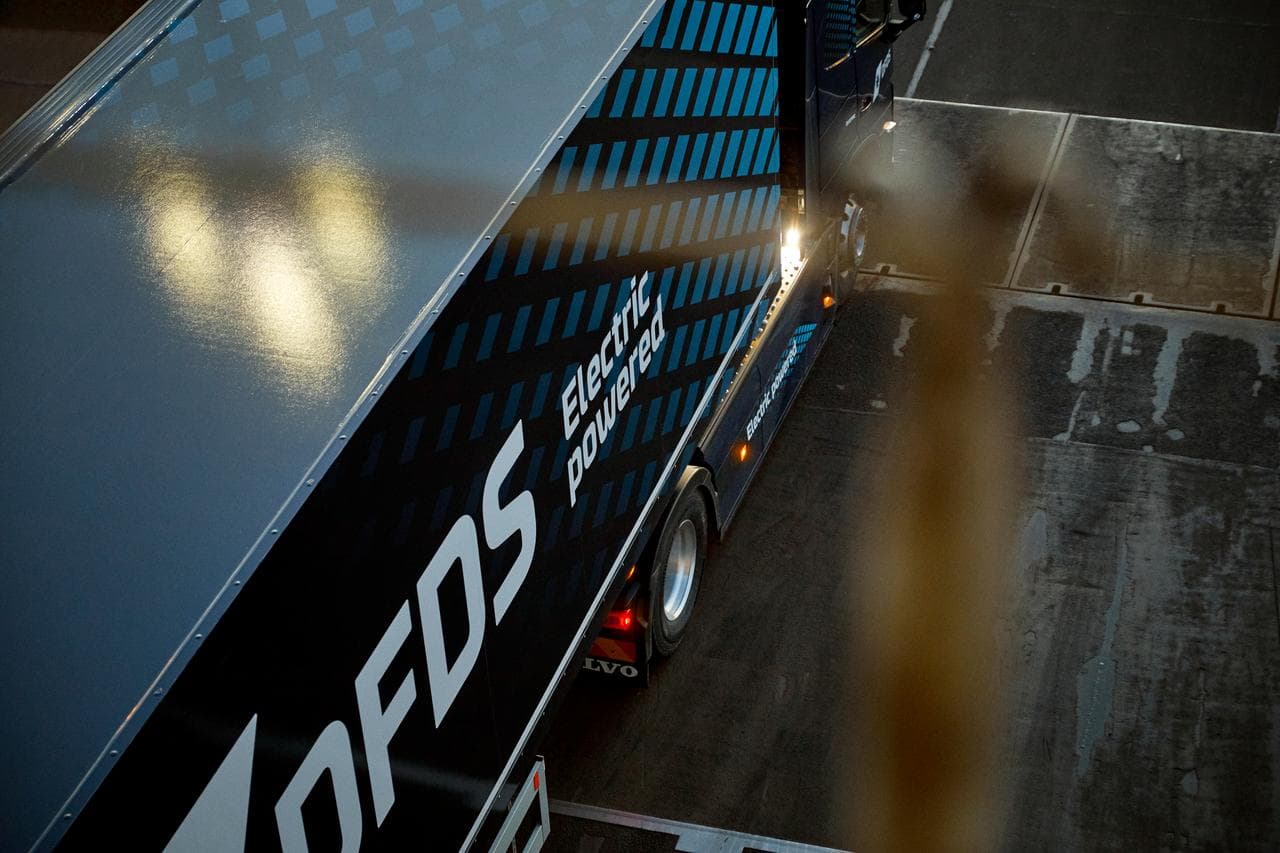
Elektromobilumas mus veda į priekį
Novatoriškas elektromobilumo sprendimų naudojimas padeda mums sumažinti anglies dioksido išmetimą logistikos srityje. Šiuo metu daugiau nei 125 elektriniai sunkvežimiai padeda mums siekti išmetamųjų teršalų mažinimo tikslų iki 2030 m.